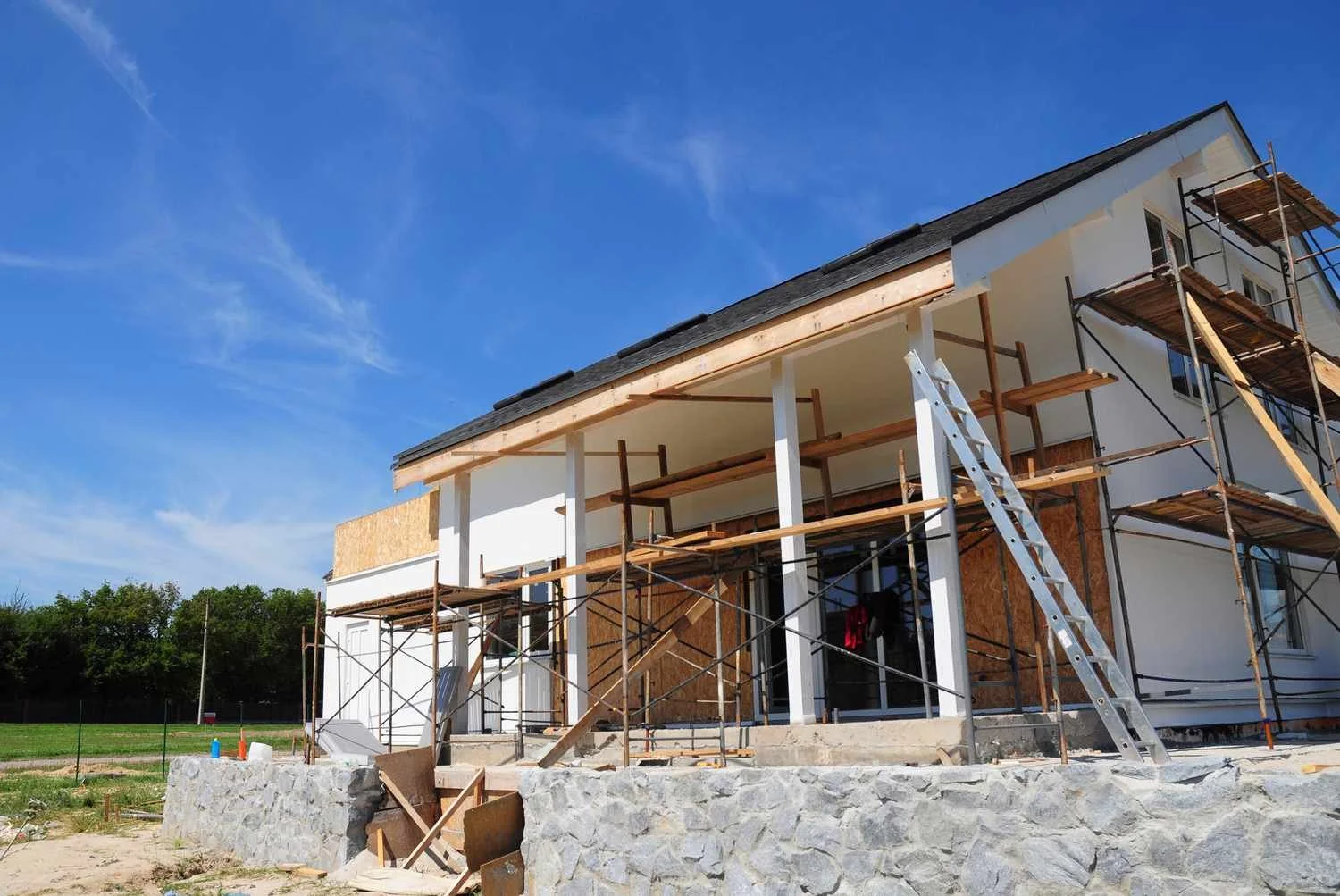Have you noticed that the industry seems busier than ever at the moment, but few are reaping the benefits?
No, you’re not imagining it. It’s been touted as ‘The Profitless Boom’ and there’s really no better way of encapsulating the current market.
The industry has found itself in a sticky situation. Construction costs are soaring at a rate that has now well surpassed the commercial rental rates or residential sale values on the other end.
Like a seesaw – the property industry is flying sky-high on one side and it’s struggling to get the other off the ground.
Without the right balance between cost and profit, it’s becoming extremely difficult to stack up commercial projects, and nearly impossible to do so in the regions.
So why is the cost to build so high? I think it comes down to these factors:
The result of massive COVID-19 stimulus funds injected into infrastructure by all levels of government both during and after the pandemic.
Supply chain disruptions due to COVID and international turmoil.
·A lack of skilled trades in Australia.
Our country’s migration policy.
This period we find ourselves in is very different to what we saw during the GFC. When we look retrospectively at the 2008 boom, it was focused on private equity and commercially based development.
Now, we’re looking at a boom that’s based on infrastructure and government-back projects.
So how do we fix it?
The bad news is, there’s no easy way to get that seesaw back to where it needs to be.
Builders are falling over left, right and centre off the back of fixed-price contracts, extended construction programs and failing cashflows.
Right now, the industry is experiencing pain, but if we want to see some gain in the future, I suggest we:
Look at migration through a sustainable lens. We need to focus on skilled migration that targets areas that need it most. By addressing the current migration policy, we can slow down housing demand to try to regain our footing.
Review and redirect government infrastructure funding. It’s time to stop spending on opportunistic ‘ribbon cutting’ projects and start focussing on building long-term, useful and sustainable infrastructure for our future generations.
Focus more on investment and education in Australia’s skilled trade supply.
It might feel off-balance at the moment, but with the right steps, there’s always a chance of recovering the equilibrium of the industry.























